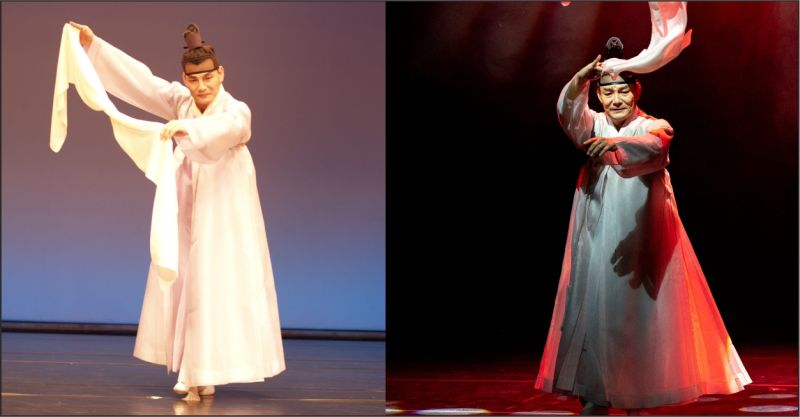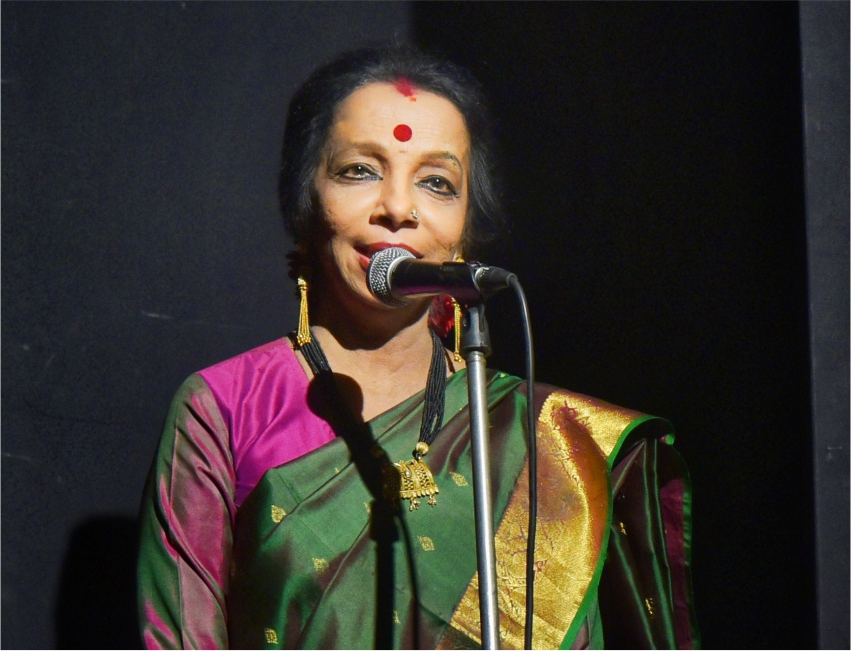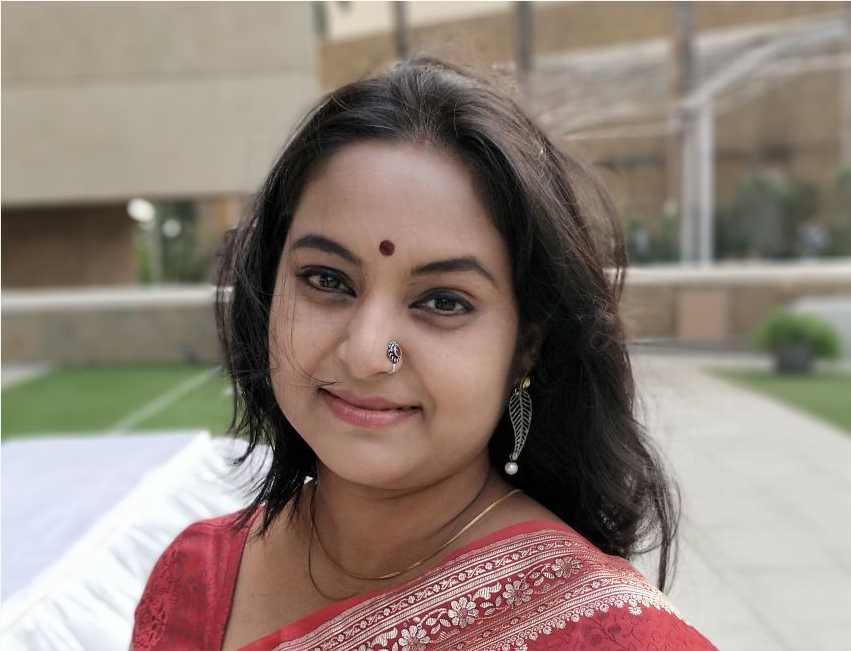Monk Dance of Korea ‘Seungmu’ in India by Yi Chul-jin

- Sandip Soparrkar
- 19 Apr, 2024
Dance Trance by Sandip Soparrkar
It is a privilege and an exceptional opportunity when one gets to experience international dance in its most authentic form. Renowned Korean dancer Yi Chul-jin made a rare stop in India and performed and held workshops for Korean Dancer appreciation in cities like Mumbai, Delhi, Pune, Nasik, Bangalore, Chennai, Kolkatta and Hyderabad. Audiences in each city got the taste of the roots of Korean culture beyond K-Pop.
Those of you who don’t know about this amazing artist, Yi Chul-jin is a Korean dancer and an art manager. He has an accurate record of transfer of knowledge of Seungmu dance (Monk Dance) leading from Han Sung-jun, Han Young-sook, Lee Ae-joo reaching up to Yi Chul-jin. He is also the fourth generation of Seungmu from Han Sung-jun and the third generation from Han Young-sook, His dance "Seungmu" is said to have unrivalled strength and ruggedness. He is also the only Korean male dancer who plays "Salpuri" and "Taepyeongmu" which are referred to as a masterpiece in Korea and meets with the audience more than 100 times each year through the "Seungmu Story" series, the only traditional performance of Daehak-ro.
He launched a small theatre movement in dance and traditional arts in 2006 when he founded the Sungkyun Theater in Daehak-ro, Dream Factory in 2008 and the Studio SK in 2014. In 2012, the Seoul Metropolitan Government established the " Korean Dance & Arts Center Corp." an art group called "Beads pouch" in 2013 and "Coop Shin" in 2015. He not only produces various festivals, such as; 'Duo Dance Festival', 'International Buddhism Dance Festival', 'Voyage to dance', and 'International Traditional Dance Festival RYU' but also runs long-term performances of small and large theatres.
He graduated from Seoul Institute of the arts with a degree in dance and earned a master's and a doctorate in physical education at Myongji University. In addition, he served as a visiting professor from SOAS, London University (2008), Sydney University (2010), UCR University of Costa Rica (2015). I met up with this extraordinary performer and he shared his dancing thoughts with me, excerpts from the interview;
How and why did you choose SeungMu dance?
I ended up dancing to the fate of my life. At first, I wanted to be a monk and then a philosopher. But when I turned around, I realized I was in love with my dance called SeungMu (Buddhist Monk Dance). I guess this is the fate of my life, I did not choose my dance, my dance chose me
What brings you to India and how do you feel being here?
I wish to thank Kathak and Lavni exponent Aditi Bhagwat for getting me to India, it is because of her that I am here performing and conducting workshops. India and Korea have had many exchanges for centuries, it is believed that in 78 AD, even the wife of a famous Korean king from the Gaya Kingdom, King Kim Suro was Indian, it is said that her name was Shriratna and she was from Ayodhya, in India. Yet not many Indian dances are known in Korea. In this respect, I want to find out the homogeneity of India and Korea and I want to introduce more Indian dances to Korea, that is what brought me to this majestic country and I am getting enriched every moment with its traditions.
What similarities and differences do you see in the Korean and Indian dance styles?
Indian has so many dance forms, classical, folk, martial and many other styles unfortunately I have not had the opportunity to experience a lot of dances yet, so I won’t know the minute detail. However, the Indian dance style I know seems to have meaning and story in every movement. On the other hand, the dance I perform places importance on formal beauty rather than content and focuses on the inner appearance of humans. That I feel is the difference. As for the similarities I feel the most common platform is the grace and elegance that both dances of the countries carry.
How did you find the students here in India compared to Korea?
Art exchanges between countries begin with the country's interest. I heard that Korean art and culture are attracting attention in India these days. There seems to be a student who wants to understand Korean traditional dance in order to know Korea deeply. I have loved my workshops and shows here in India. The audience and students' response to understand my culture has been overwhelming.
You practice and teach traditional art form, in today’s modern times with hip hop and western culture picking up how difficult is it to keep the traditional dances and culture alive?
I think it is popularity vs artistry, history vs trend. Western-style dance led by ballet comes in, but India and Korea with a long history have their own unique worldview and understanding of dance. As an example, if ballet has developed for the audience, Korean traditional dance values the inside. So the position of gaze is different. Trends pass, but traditions are something to be preserved and kept.
You have been a curator and director to many renowned dance festivals, which one is closest to your heart?
Yes, I head many dance and art festivals in my country but, two are my most favourite babies: A traditional dance festival, called 'Lyu pa jeon'. I was held to preserve and develop the Korean traditional dances, it started with Lyu pa jeon by young Korean traditional dancers in 2003, and advanced to 3 people 3 colors in 2004, then slowly to traditional dances in Korea-Japan. Lyu, which is the Japanese name of Lyu pa jeori', the 1st festival was held in the Korean Cultural Center in Japan. The Korea-Japan Exchange has been strengthened through this festival and an Asian traditional dancing network has progressed now. My other favourite is a Traditional Drama Arts Festivals called 'Bubgo Changsin' which was started in 2007. It is an original drama art festival on the basis of the traditions, which has a variety of genres: puppet show, Korean traditional opera, dance drama, music drama, musical, and the drama for children.



